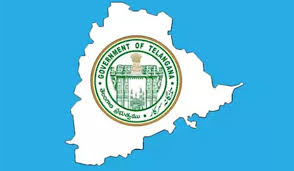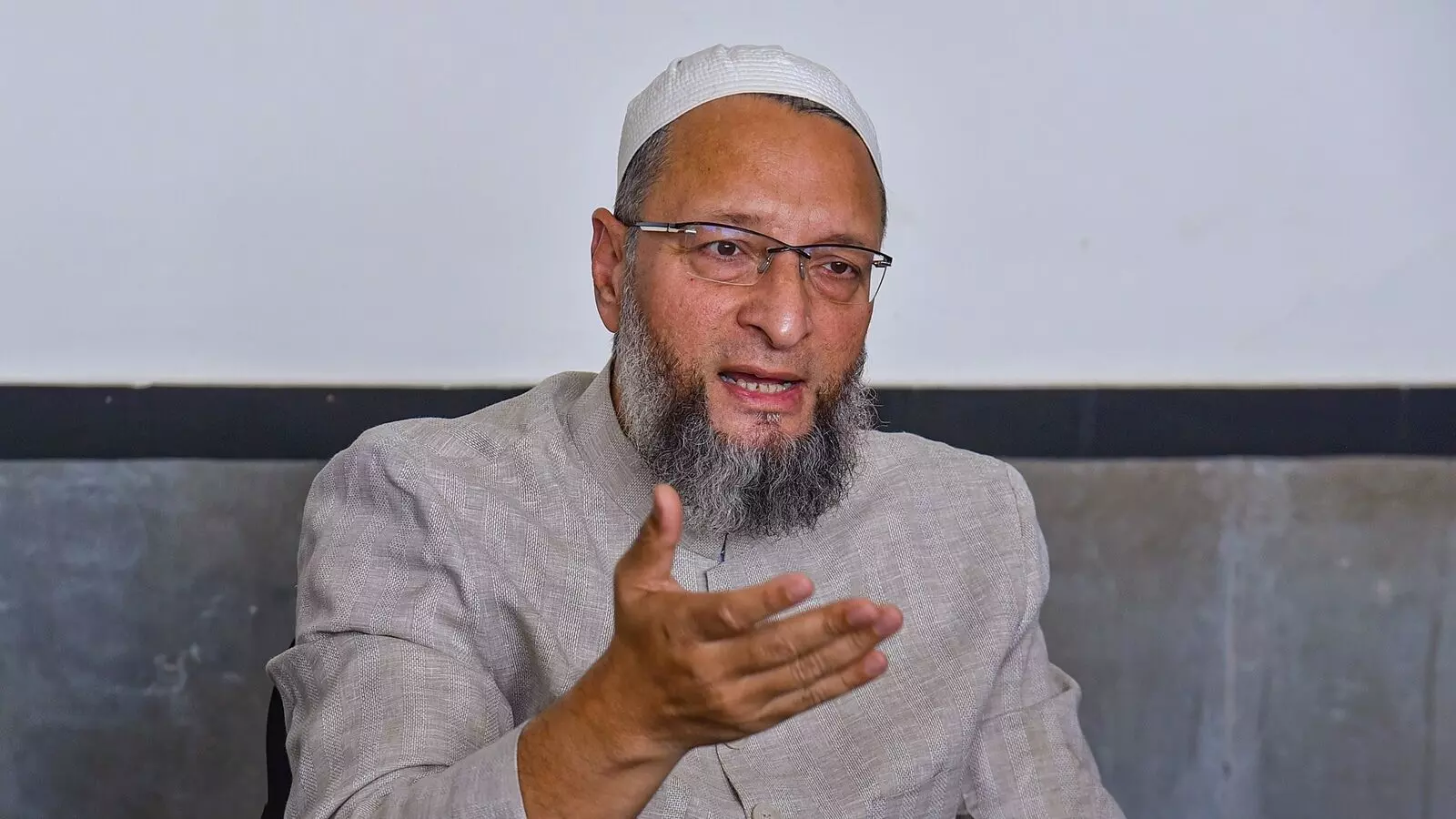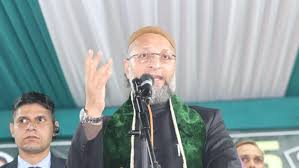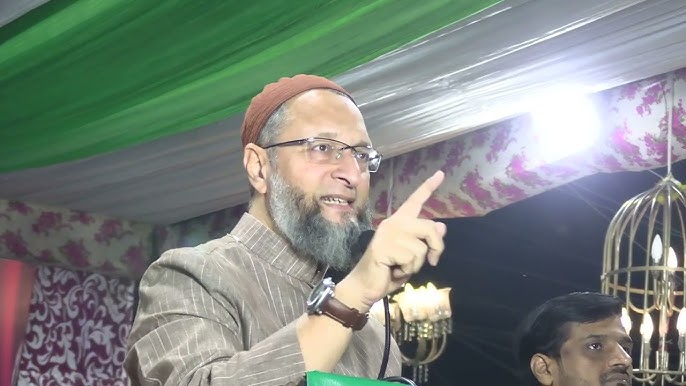India toughens stance on China, doesn’t rule out another conflict
Wed 16 Sep 2020, 13:47:46
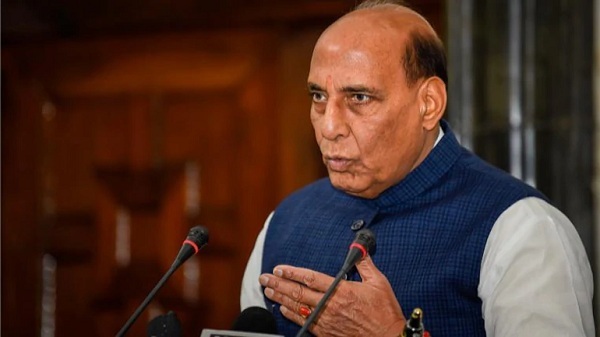
India is facing a “challenge" on its border with China in Ladakh, defence minister Rajnath Singh said on Tuesday as he urged Parliament to pass a resolution in support of the Indian armed forces underscoring the country’s support for them.
This could indicate that the government was possibly preparing for a potential conflict along the border with China before the onset of winter, analysts said.
Singh put the onus of the present tensions on China saying that, since May, Chinese troops tried to thwart patrolling by Indian troops and then attempted to transgress at many places in Ladakh, including areas such as Kongka La, Gogra and the north bank of Pangong Tso.
“These attempts were detected early and consequently responded to appropriately by our armed forces," Singh said in the government’s first account to Parliament on India-China tensions.
“I urge the House to pass a resolution in support of our armed forces who have been defending our motherland at great heights and most inclement weather conditions in Ladakh for our safety and security," Singh said.
“The resolution means a national backing for the policy to be implemented by the armed forces. It sends the message that the whole country is backing the armed forces," said Srikanth Kondaplli, a professor of Chinese Studies at the New Delhi-based Jawaharlal Nehru University. “No defence minister has asked for a resolution like this in recent times. So one can say this is an unique situation, keeping in mind the possibility of a potential conflict and the need for a unified national position," he said.
India lost 20 soldiers but also “inflicted costs including casualties on the Chinese side" during the clash at Galwan on 15 June, Singh said.
Tensions between the two countries have been high since May when India detected intrusions into its territory by Chinese soldiers. The Galwan clash
was followed by pre-emptive moves by India in August to prevent Chinese troops from taking commanding heights on mountains along the south bank of the Pangong Tso.
was followed by pre-emptive moves by India in August to prevent Chinese troops from taking commanding heights on mountains along the south bank of the Pangong Tso.
Singh met his counterpart Wei Fenghe in Moscow on the sidelines of a regional conference earlier this month. Indian foreign minister S. Jaishankar also met his Chinese counterpart Wang Yi on 10 September in Moscow. During the Jaishankar-Wang talks, the two sides agreed to a five point joint statement that said the rise in tensions was not the atmosphere for ties to prosper. It also spoke of the need for quick disengagement of troops.
“The Chinese side has mobilized a large number of troops and armaments along the Line of Actual Control (LAC), as well as in the depth areas. There are several friction areas in eastern Ladakh, including Gogra, Kongka La, and the north and south banks of the Pangong Lake," Singh said in the Lok Sabha.
The minister refuted accusations from China that Indian troops had violated the LAC and pacts signed between the two countries to ensure peace and tranquillity on the borders. Indian armed forces “abide scrupulously" by all bilateral protocols and pacts to ensure peace along the LAC, he said.
However, this “has not been reciprocated by the Chinese side," Singh said. “Their actions have led to face-offs and friction from time to time along the LAC…. In the recent incidents this year, the violent conduct of Chinese forces has been in complete violation of all mutually agreed norms," he said.
Singh said the meetings that the two countries have had at different levels, military commanders, diplomats, and ministers, was because India wanted to “resolve the current situation through dialogue".
“While no one should doubt our determination to safeguard our borders, India believes that mutual respect and mutual sensitivity are the basis for peaceful relations with neighbours," he said.
No Comments For This Post, Be first to write a Comment.
Most viewed from National
Most viewed from World
AIMIM News
Delhi Assembly polls: Owaisi leads Padyatra in Okhla
Feb 01, 2025
We reject this Waqf Amendment Bill: Asaduddin Owaisi
Jan 30, 2025
Latest Urdu News
Most Viewed
May 26, 2020
Which team will win the ICC Men's Champions Trophy 2025 held in Pakistan/Dubai?
Latest Videos View All
Like Us
Home
About Us
Advertise With Us
All Polls
Epaper Archives
Privacy Policy
Contact Us
Download Etemaad App
© 2025 Etemaad Daily News, All Rights Reserved.

.jpg)
.jpg)
.jpg)
.jpg)
.jpg)
.jpg)
.jpg)
.jpg)

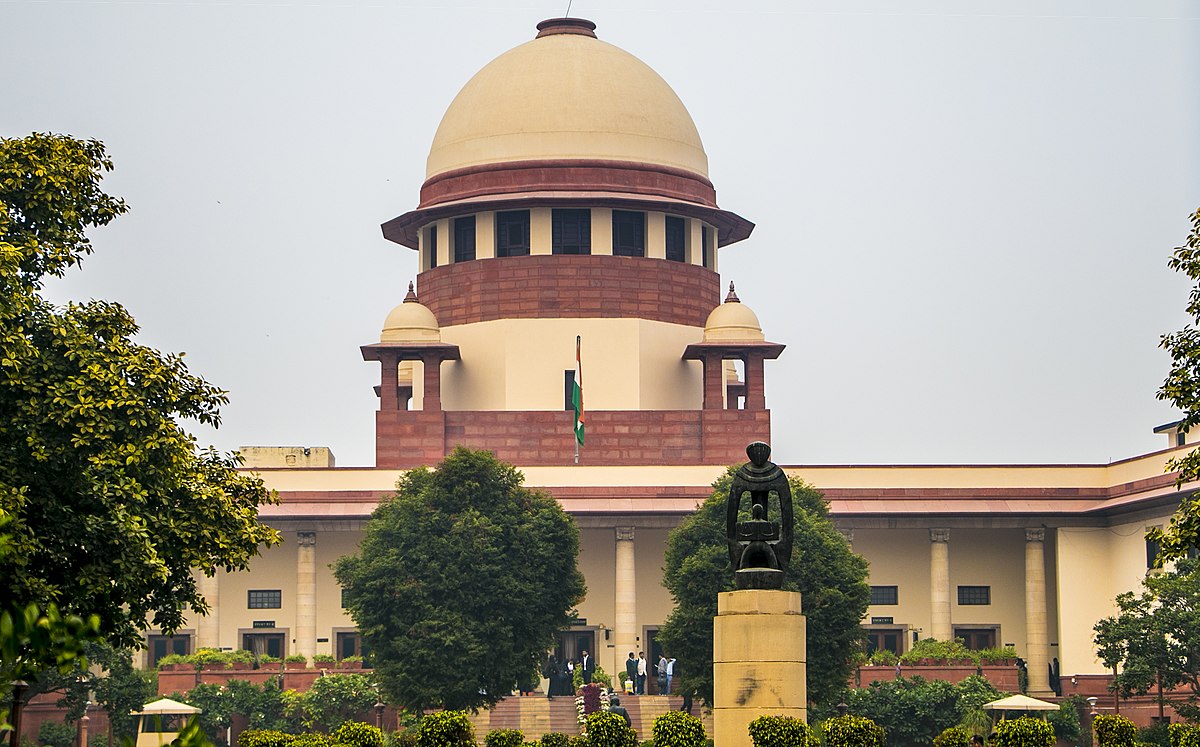


.jpg)
.jpg)
.jpg)
.jpg)
.jpg)
.jpg)
.jpg)
.jpg)

